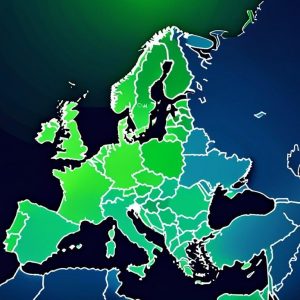EUIPO's Strategic Plan 2030: Enhancing Europe's Intellectual Property Landscape
The European Union Intellectual Property Office (EUIPO) has published its Strategic Plan 2030, outlining its vision for intellectual property, viz. EU trademarks and designs, and priorities for the next five years. The plan, which takes effect on January 1, 2025, aims to build a "robust, inclusive, and sustainable IP ecosystem" that supports innovation, competitiveness, and economic growth in Europe.

Crafting the Perfect Patent Application: The Art of Term Selection
When it comes to drafting a patent application, the selection of terms is a pivotal process that can significantly influence the clarity, enforceability, and scope of the patent. Let's delve into the key considerations and strategies for choosing the right terms in your patent application.
The Significance of Term Selection
Clarity and Precision: The terms you choose must clearly and precisely define your invention to prevent any ambiguity. Vague language can lead to interpretation challenges during legal proceedings or when enforcing your patent rights.

